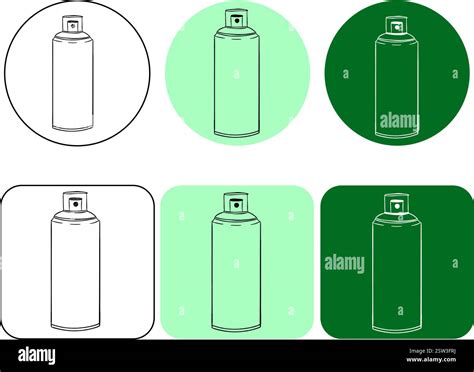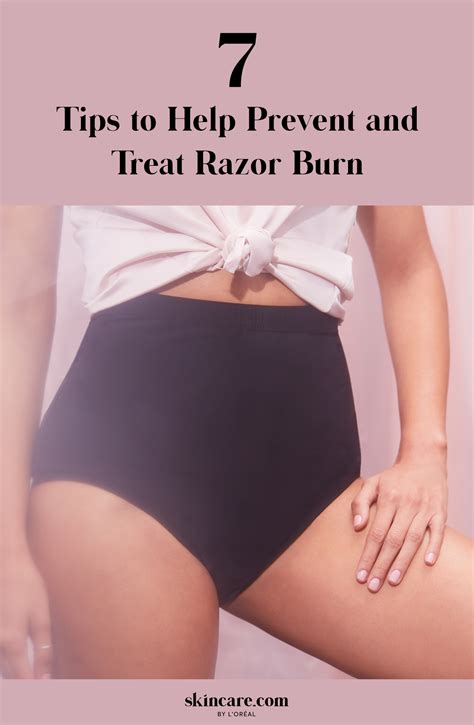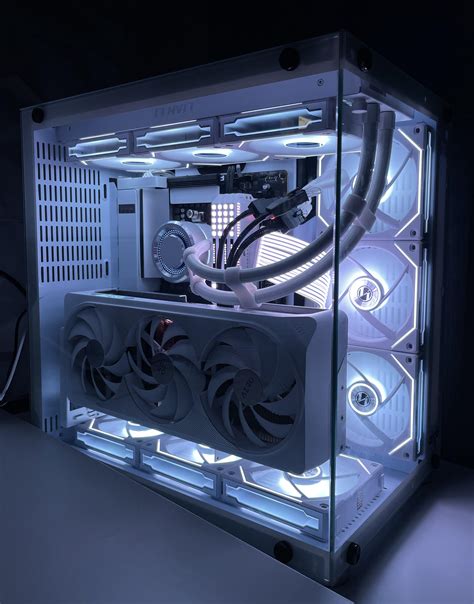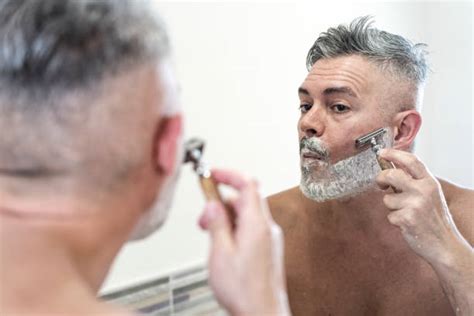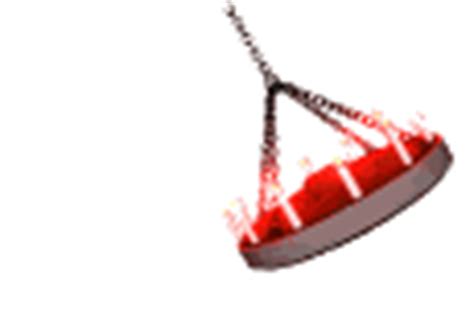Optimize shave: How to prevent ingrown hairs for peak skin performance?

Understanding Ingrown Hairs: The Common Foe
Ingrown hairs are a persistent and often painful nuisance that can detract from an otherwise perfect shave and compromise overall skin health. Occurring when a hair curls back or grows sideways into the skin, they can lead to irritating red bumps, inflammation, and sometimes even infection. While common, particularly among those with coarse or curly hair, preventing ingrown hairs is entirely possible with the right approach and consistent care. Achieving peak skin performance means not only a close shave but also a smooth, blemish-free complexion, free from the irritation of ingrowns.
The primary culprits behind ingrown hairs often involve improper shaving techniques, dull razors, and inadequate skin preparation. When a hair is cut below the skin’s surface or grows out incorrectly, it can get trapped under the epidermal layer, leading to the characteristic bump. Understanding these underlying causes is the first step towards implementing effective prevention strategies.

Mastering Pre-Shave Preparation for Flawless Skin
The foundation of preventing ingrown hairs lies in meticulous pre-shave preparation. This crucial step softens both the skin and hair, making for an easier, smoother shave and reducing the likelihood of hair curling back into the skin.
- Exfoliate Gently: Before shaving, use a mild physical or chemical exfoliant to remove dead skin cells that can trap hairs. This clears the path for hair to grow outwards correctly. Aim for 2-3 times a week, not just before every shave.
- Warm Water Immersion: Take a warm shower or apply a warm compress to the area you intend to shave for a few minutes. Warmth opens pores and softens hair follicles, reducing resistance during shaving.
- Use a Quality Shaving Cream or Gel: Opt for a rich, lubricating shaving cream or gel that creates a protective barrier between your skin and the razor. Look for formulas with soothing ingredients like aloe vera or glycerin, and avoid harsh chemicals or excessive alcohol that can dry out the skin.

The Art of the Shave: Technique Matters
Once your skin is prepped, proper shaving technique is paramount to minimizing ingrown hairs. This involves paying attention to your razor, stroke direction, and pressure.
- Use a Sharp, Clean Razor: A dull blade can pull and tug at hairs, increasing the risk of them breaking off unevenly and growing back into the skin. Replace razor blades frequently – ideally every 5-7 shaves – and rinse your razor thoroughly after each stroke to prevent hair and product buildup.
- Shave With the Grain: Always shave in the direction of hair growth. While shaving against the grain might feel like a closer shave, it increases the risk of cutting hair too short or at an angle that encourages ingrowth. For sensitive areas or prone to ingrowns, this rule is non-negotiable.
- Light Pressure, Minimal Passes: Let the razor do the work. Applying too much pressure can irritate the skin and lead to a closer-than-desired cut that promotes ingrowns. Aim for fewer passes over the same area to reduce skin trauma.
- Stretch, Don’t Pull: While a taut surface can help the razor glide, avoid overstretching your skin too much, as this can cause hairs to retract below the surface when released.

Post-Shave Care: Soothe and Protect
The steps you take immediately after shaving are just as critical as your preparation and technique. Post-shave care helps to calm the skin, close pores, and ensure the hair grows out unhindered.
- Rinse with Cool Water: After shaving, rinse the area with cool water to close pores and soothe the skin.
- Apply an Alcohol-Free Aftershave or Balm: Choose a product specifically designed to reduce irritation and inflammation. Look for ingredients like witch hazel, aloe vera, salicylic acid, or tea tree oil, which have anti-inflammatory and antiseptic properties. Avoid products with high alcohol content, which can dry out and irritate the skin.
- Moisturize Regularly: Keeping your skin hydrated and supple is key to preventing ingrown hairs. Moisturize daily, not just after shaving. Well-hydrated skin is less likely to trap growing hairs.
- Wear Loose Clothing: Immediately after shaving, especially in areas like the bikini line or underarms, tight clothing can cause friction and irritate hair follicles, increasing the risk of ingrown hairs. Opt for breathable, loose-fitting garments.

Choosing Your Tools Wisely: Razors and Beyond
Your choice of shaving tool can significantly impact your susceptibility to ingrown hairs.
- Single-Blade vs. Multi-Blade Razors: For many, multi-blade razors can cut hair too short, allowing it to retract beneath the skin’s surface. A single-blade safety razor or a straight razor can be a better option as they cut hair at skin level, reducing the chances of ingrowth.
- Electric Shavers: Some find electric shavers less irritating than blade razors, as they typically don’t cut hair as close to the skin.
- Alternative Hair Removal Methods: If ingrown hairs are a persistent problem, consider other hair removal methods. Depilatory creams dissolve hair just below the skin surface, while laser hair removal offers a more permanent reduction in hair growth.
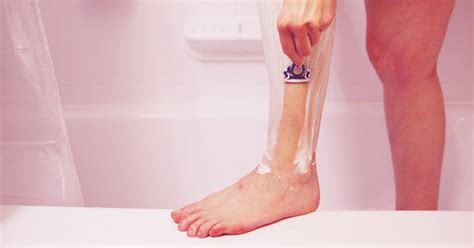
When to Seek Professional Advice
While prevention is highly effective, sometimes ingrown hairs can become stubborn or infected. If you experience persistent, painful, or frequently infected ingrown hairs, it’s advisable to consult a dermatologist. They can provide targeted treatments, recommend professional extractions, or suggest prescription-strength solutions to manage the condition.
Conclusion: Your Path to Smoother Skin
Preventing ingrown hairs is a holistic process that combines thoughtful preparation, meticulous technique, and diligent aftercare. By integrating these practices into your regular grooming routine, you can significantly reduce the occurrence of ingrown hairs, achieve a consistently smooth shave, and maintain optimal skin performance. Embrace these steps, and enjoy the confidence that comes with healthy, irritation-free skin after every shave.
